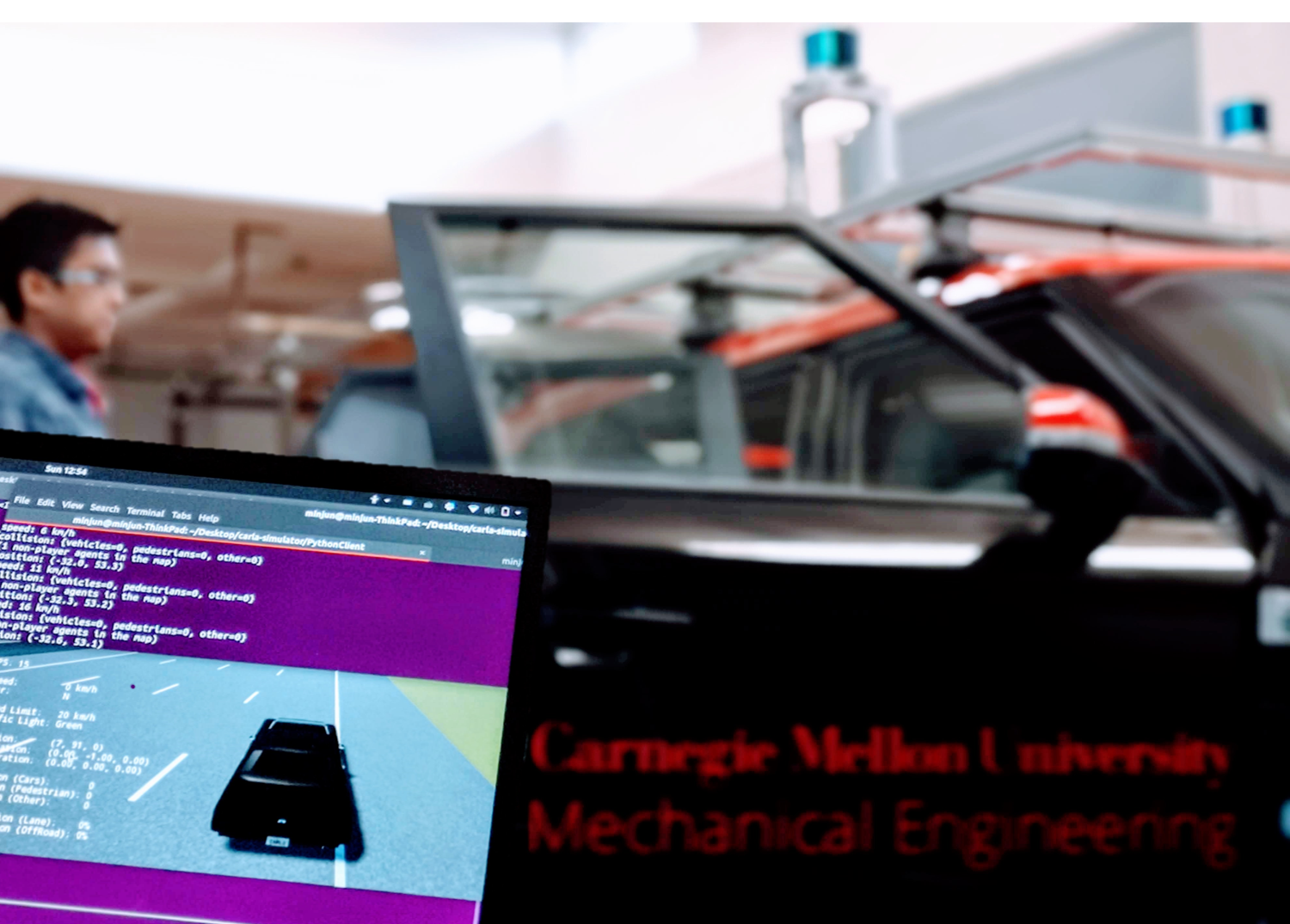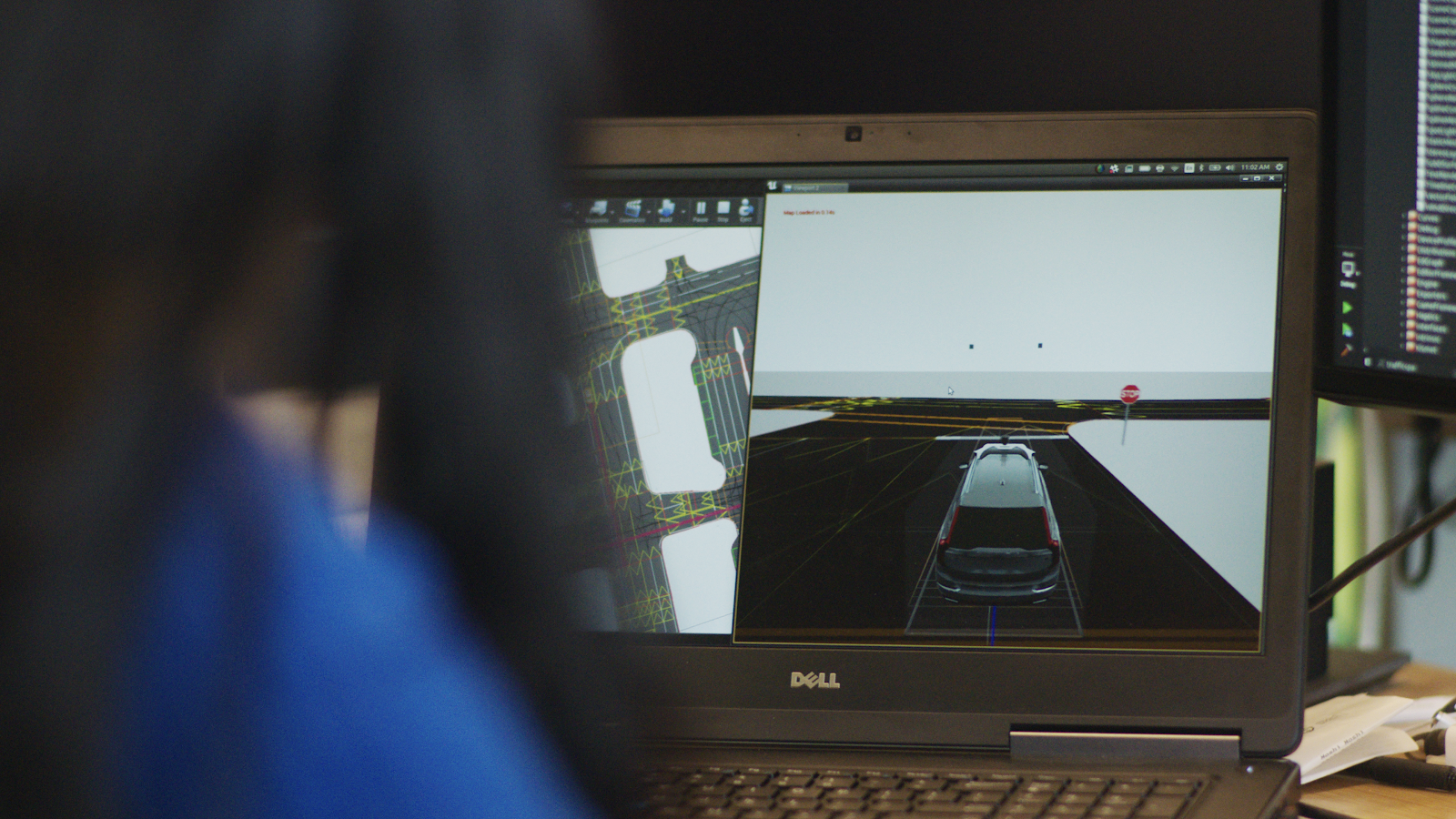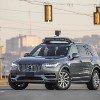Uber ATG enters two new collaborations with leading US research institutions
Our team at Uber Advanced Technologies Group (ATG) is building high-performance self-driving technology with safety at the core of everything we do. Our foundational commitment to safety leads us to continually test new techniques, deploy new technology, and forge partnerships with others working in the field of self-driving development, including those in the academic community.
This is a huge and challenging area, and we are committed to building this new paradigm collaboratively. That’s why we’re delighted to support research in AI safety at Carnegie Mellon University and Stanford University.
As Raquel Urtasun, Chief Scientist at Uber ATG, has noted, “When world-class Research and Development efforts come together, new and existing ideas begin to surface within an industry, and through these collaborations we will see exactly that.”
Safe AI Lab, Carnegie Mellon University: Smarter Testing
Testing self-driving vehicles demands rigor, especially given its practical challenges of real-world testing. For example, when we drive on a physical test track, it’s important that each test is as effective as possible in order to make the best use of time and resources. To get the most from this testing, ATG is supporting the research of Dr. Ding Zhao and the Safe AI Lab at CMU.

Here, machine learning is used to extract the most important interactions from a large body of observed data. This process of clustering and understanding distinct observed maneuvers could enable greater focus on the key scenarios that test self-driving vehicles in the most relevant ways. Working with Uber ATG’s real-world observed behaviors will allow the Safe AI Lab and Uber to advance this research at an entirely new scale.
“My team is developing methods to efficiently deploy autonomous vehicles by synthesizing tests from public road usage that can be applied to proving grounds using machine learning,” says Dr. Zhao.
Center for AI Safety @ Stanford: A Core Collaboration
As a core member of Stanford’s Center for AI Safety, Uber ATG will collaborate on techniques for the creation of robust and trustworthy AI systems. This program will combine cutting-edge research with real-world applications to test and improve advanced self-driving systems.

From Aviation to Self-Driving
A key tool in this real-world safety approach is the incorporation of advanced methodology found in other, more mature industries, such as aviation. Professor Mykel J. Kochenderfer of the Center for AI Safety at Stanford research focuses on how to test aircraft collision avoidance systems. Just as with aircraft, high-fidelity simulation software allows us to test current self-driving technology to its limits before it ever reaches production.
“We appreciate Uber ATG’s support for and collaboration with the Center for AI Safety,” says Dr. Kochenderfer. “We believe we can take what we have learned from aviation safety to inform next-generation approaches to validating self-driving vehicles.”
Research, Scale, Publish
By applying the innovative techniques of the Center for AI Safety and the Safe AI Lab to our simulation data, Uber ATG will be contributing a body of safety research that has been pressure-tested through industry application. ATG aims to help move the entire industry forward with this research by publishing our techniques and results.
